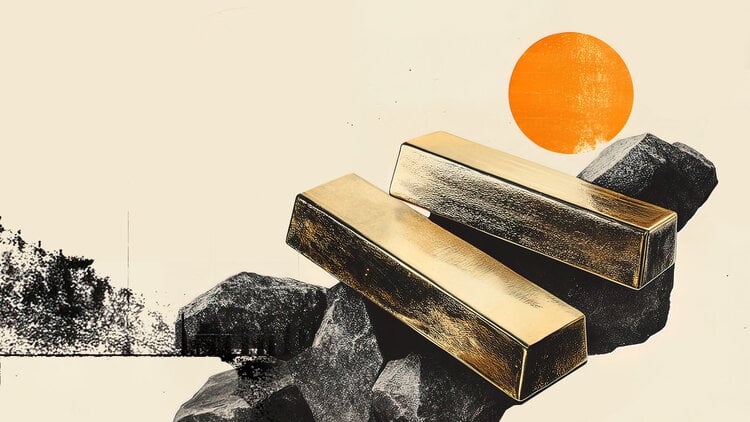Gold prices rose in Pakistan on Friday, according to data compiled by FXStreet.
The price for Gold stood at 30,554.36 Pakistani Rupees (PKR) per gram, up compared with the PKR 30,415.32 it cost on Thursday.
The price for Gold increased to PKR 356,375.20 per tola from PKR 354,758.40 per tola a day earlier.
| Unit measure | Gold Price in PKR |
|---|---|
| 1 Gram | 30,554.36 |
| 10 Grams | 305,534.40 |
| Tola | 356,375.20 |
| Troy Ounce | 950,334.70 |
Gold daily digest market movers: Can Thursday’s data sway the Fed and drive bullion?
-
The ADP Employment Change report released on Wednesday showed that the employment situation in the private sector has continued to weaken. Analysts had expected 95K jobs to be added in June. Instead, the actual figures revealed 33K jobs lost.
-
President Trump continues to pressure Fed Chair Jerome Powell to reduce interest rates. On Wednesday, he called for the “immediate resignation” of Fed Powell on a Truth Social post.
-
With the Fed’s independence coming under question, Gold could continue to find support from political uncertainty in the US, which has been weakening demand for the Greenback.
-
Speaking at the European Central Bank (ECB) forum on Tuesday, Powell stated that “It’s going to depend on the data, and we are going meeting by meeting. I wouldn’t take any meeting off the table or put it directly on the table. It’s going to depend on how the data evolves.” When questioned about interest rates, he said, “In effect, we went on hold when we saw the size of the tariffs, and essentially all inflation forecasts for the United States went up materially as a consequence of the tariffs. We didn’t overreact; in fact, we didn’t react at all. We’re simply taking some time.”
FXStreet calculates Gold prices in Pakistan by adapting international prices (USD/PKR) to the local currency and measurement units. Prices are updated daily based on the market rates taken at the time of publication. Prices are just for reference and local rates could diverge slightly.
Gold FAQs
Gold has played a key role in human’s history as it has been widely used as a store of value and medium of exchange. Currently, apart from its shine and usage for jewelry, the precious metal is widely seen as a safe-haven asset, meaning that it is considered a good investment during turbulent times. Gold is also widely seen as a hedge against inflation and against depreciating currencies as it doesn’t rely on any specific issuer or government.
Central banks are the biggest Gold holders. In their aim to support their currencies in turbulent times, central banks tend to diversify their reserves and buy Gold to improve the perceived strength of the economy and the currency. High Gold reserves can be a source of trust for a country’s solvency. Central banks added 1,136 tonnes of Gold worth around $70 billion to their reserves in 2022, according to data from the World Gold Council. This is the highest yearly purchase since records began. Central banks from emerging economies such as China, India and Turkey are quickly increasing their Gold reserves.
Gold has an inverse correlation with the US Dollar and US Treasuries, which are both major reserve and safe-haven assets. When the Dollar depreciates, Gold tends to rise, enabling investors and central banks to diversify their assets in turbulent times. Gold is also inversely correlated with risk assets. A rally in the stock market tends to weaken Gold price, while sell-offs in riskier markets tend to favor the precious metal.
The price can move due to a wide range of factors. Geopolitical instability or fears of a deep recession can quickly make Gold price escalate due to its safe-haven status. As a yield-less asset, Gold tends to rise with lower interest rates, while higher cost of money usually weighs down on the yellow metal. Still, most moves depend on how the US Dollar (USD) behaves as the asset is priced in dollars (XAU/USD). A strong Dollar tends to keep the price of Gold controlled, whereas a weaker Dollar is likely to push Gold prices up.
(An automation tool was used in creating this post.)

